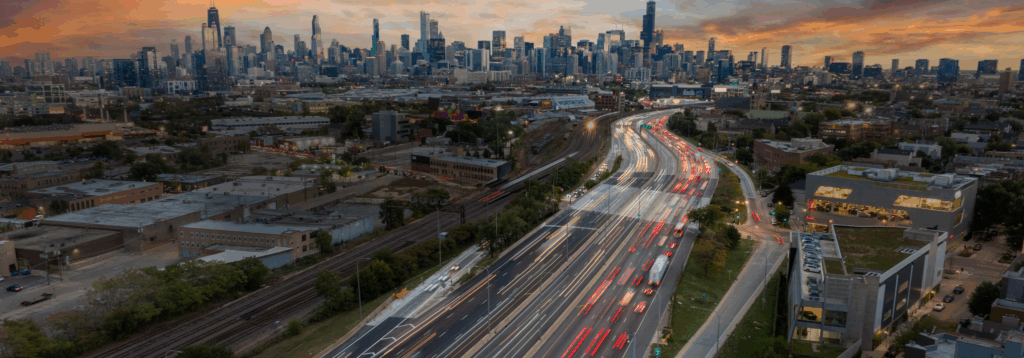Naples to Begin $86.2M Stormwater Project
Naples city officials ceremoniously broke ground on an $86.2 million stormwater project that seeks to improve the quality of filtered water discharged into the Gulf of Mexico and reduce significant flooding to homes along Gulf Shore Boulevard.
City officials hosted a groundbreaking ceremony for the stormwater beach-outfall project Oct. 15 on the Third Avenue North beach, where the north pump station will be constructed, while a southern pump station will be located at the Eighth Avenue North beach end. Work will extend from Oleander Drive south to Second Avenue South and completion is expected in late 2026.
The project took more than a decade to come to fruition.
“Although a lot of preconstruction work has taken place over the summer months, we’re very excited to finally put a shovel in the ground and begin the physical phase of this very important project,” City Manager Jay Boodheshwar told about 50 people sitting under a tent, including City Council, staff members and state Senate President Kathleen Passidomo. “Hurricane Milton was yet another reminder about the importance of not only this project, but many projects that we will be contemplating in the years ahead.”
Milwaukee-based Graef USA is the design consultant and Kiewit Infrastructure South Co. of Miami, construction manager at risk, reviewed and certified the design and costs and will ensure the project stays within budget.
Naples gets an average annual rainfall of 56 inches, about 14 billion gallons, mostly during four to five summer months, causing flooding on streets.
Mayor Teresa Heitmann told the crowd that in 2008 she drove to Tallahassee to speak with state officials about the need for the stormwater project, while then-Councilman Gary Price drove there to meet with economic development staff.
“When I went to [the state Department of Environmental Protection], they said, you must remove those outfalls or we will not do another beach renourishment,” Heitmann said. “I pushed and pushed. … Year after year, the Council wouldn’t approve it and I kept persisting. … I pray and I’m thankful that we have this right and that this will solve everyday flooding now — maybe not Ian and maybe not Milton, but everyday flooding, which has changed just so recently where the flooding of our streets just gets worse and worse.”
The project took a decade to come to fruition and came 14 years after the FDEP ordered Naples to remove the beach outfall pipes, two years after the verbal warning. Council worked with residents who were concerned pump stations and generators at beach ends would ruin Gulf views, so much of the project was moved underground.
The first phase began two years ago, with design and preconstruction. Citywide, 12- to 54-inch backflow preventers were installed inside outfall pipes to allow stormwater runoff to pass into surface water — preventing it from backing up into the stormwater-collection system and flooding streets.
The second phase will remove eight unsightly stormwater outfall pipes from the city’s beaches and add 6,000 feet of new 24- to 54-inch pipes. Considered a landmark project, it will improve flooding, water quality, reduce beach erosion and protect critical habitats, such as sea turtle-nesting areas, through a state-of-the-art treatment system.
Stormwater will be filtered using advanced best-management practices before being pumped 1,500 feet offshore by new pump stations, replacing an existing gravity-based system. The city’s project exceeds FDEP’s standards, ensuring flood protection, environmental conservation and increased resiliency to climate change — the ability to handle a 25-year storm event.
“The current system collects that water and discharges it … very close to the shore,” city Public Works Director Bob Middleton said. “The current system is a gravity-based system. … It’s not being pumped, so it’s very susceptible to tides.”
As a result, he said, heavy rains pool on roadways, but the new pump system will pump it out quickly. Stormwater will be collected in a new trunk main system, he said, and water will be treated and diluted at North Lake, South Lake and Alligator Lake, reducing nutrient levels — phosphorus and nitrogen — and street runoff particulates. Pump station screening systems will then further reduce particulate matter and improve water quality.

